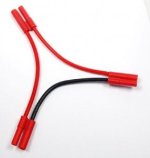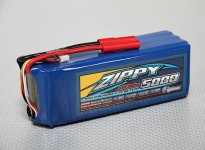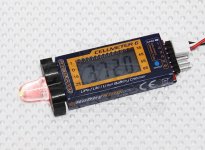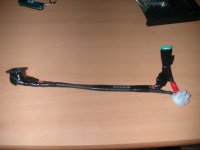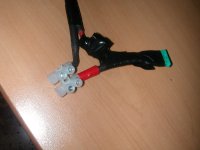Hi,
For series connection, you don't need a BMS; although it's better to always have a BMS installed in the battery, for charging purposes.
Just make sure your expansion battery (the one you're going to put in series with the main battery, is not too large (anywhere from 6-9V makes sense; installing a 12V battery might destroy your controller; but overvolting in general will reduce the lifetime of the controller too).
Also make sure the extension battery has at least the same amount of amps (or more) than the stock battery; preferably of equal value. Less amps means the series battery will run empty sooner than the stock battery, meaning it'll leave your bike without power once the BMS shuts off that battery.
Also your motor will receive less power if you connect a weak battery with a strong battery in series.
If I where you, I'd create an electronic circuit, using circuit breakers. They can be gotten as cheap as $5 per breaker. Preferably 20, or 30Amps breakers.
Make sure the circuit breakers work,and are in the 'off' position.
Attach 2 circuit breakers together (mechanically, it is possible to use silicone glue), and install them in your storage compartment, or below it (mount it or use silicone glue).
Go from the stock battery '+' to circuit breaker 1; split the wire on the circuit breaker input, and extend it to the extension battery's '-'.
From that same circuit breaker 1, it's output, go to your controller. (basically you just inserted one circuit breaker between the stock config, see picture for details; just think of the 12v battery as your 36V main battery, and the 9V as your extension battery, regardless of the voltage; the configuration is the same).
Then from the output of the extension battery '+', go to circuit breaker 2.
Short circuit the outputs of circuit breaker 1 and 2.
!11!1Doing this configuration, you must remember, to NEVER turn on circuit breaker 1 + 2 at the same time!!!!!!
You want boosted speed?
Turn off circuit breaker 1, and turn on circuit breaker 2!
You want stock speed?
Turn off circuit breaker 2, and turn on circuit breaker 1!
again, you MUST turn off circuit breakers before changing mode!!! When circuit breaker 1 and 2 are on at the same time, you will short circuit the extension battery. If you're lucky though, the second circuit breaker will pop, but don't rely on that!
Concerning your controller, that will depend. a 3V increase is not worth going through the effort; 6V increase might result in 2-4MPH increase. 9V might get you more than 5mph increase, and is worth it. You could always run on the main battery, and when it's getting more empty, and your speed goes less, kick in the secondary battery. That way the controller never really will be overvolted.
IMHO the above is really the cheapest and easiest mod. No need for diodes. The breaker circuit is also good to isolate the battery when charging, so you can charge both batteries separate at the same time (meaning you can use 2 chargers simultaneously), without having to pull them out of the bike.
You could use diodes, but high voltage diodes that don't waste too much battery are hard to find; and still they would use about as much power as having your headlights on.


